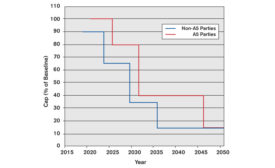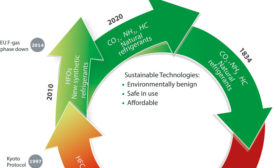Stephen Spletzer
Stephen Spletzer is a senior technical support engineer at Danfoss. He can be reached at svs@danfoss.com or 410-933-6063.
ARTICLES
The R-22 phaseout and SNAP actions on HFCs present end users with a dilemma
Read More
Surviving Refrigerant Transitions, Part 2
The drive to lower-GWP alternatives will define our landscape for years to come
Read More
Tips for Surviving Refrigerant Transitions, Part 1
A look at how we got to where we are and what the future holds
Read More
Copyright ©2024. All Rights Reserved BNP Media.
Design, CMS, Hosting & Web Development :: ePublishing



